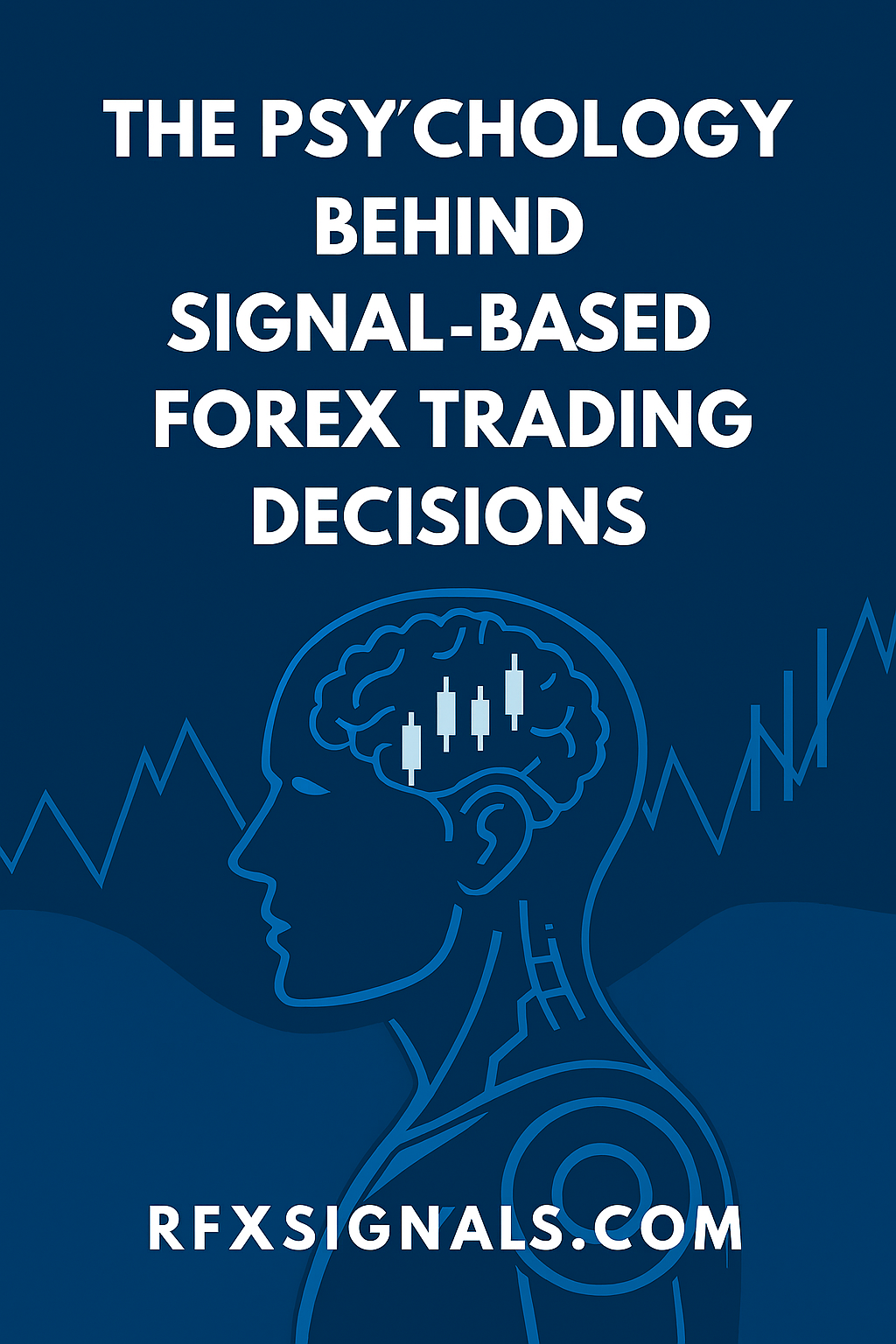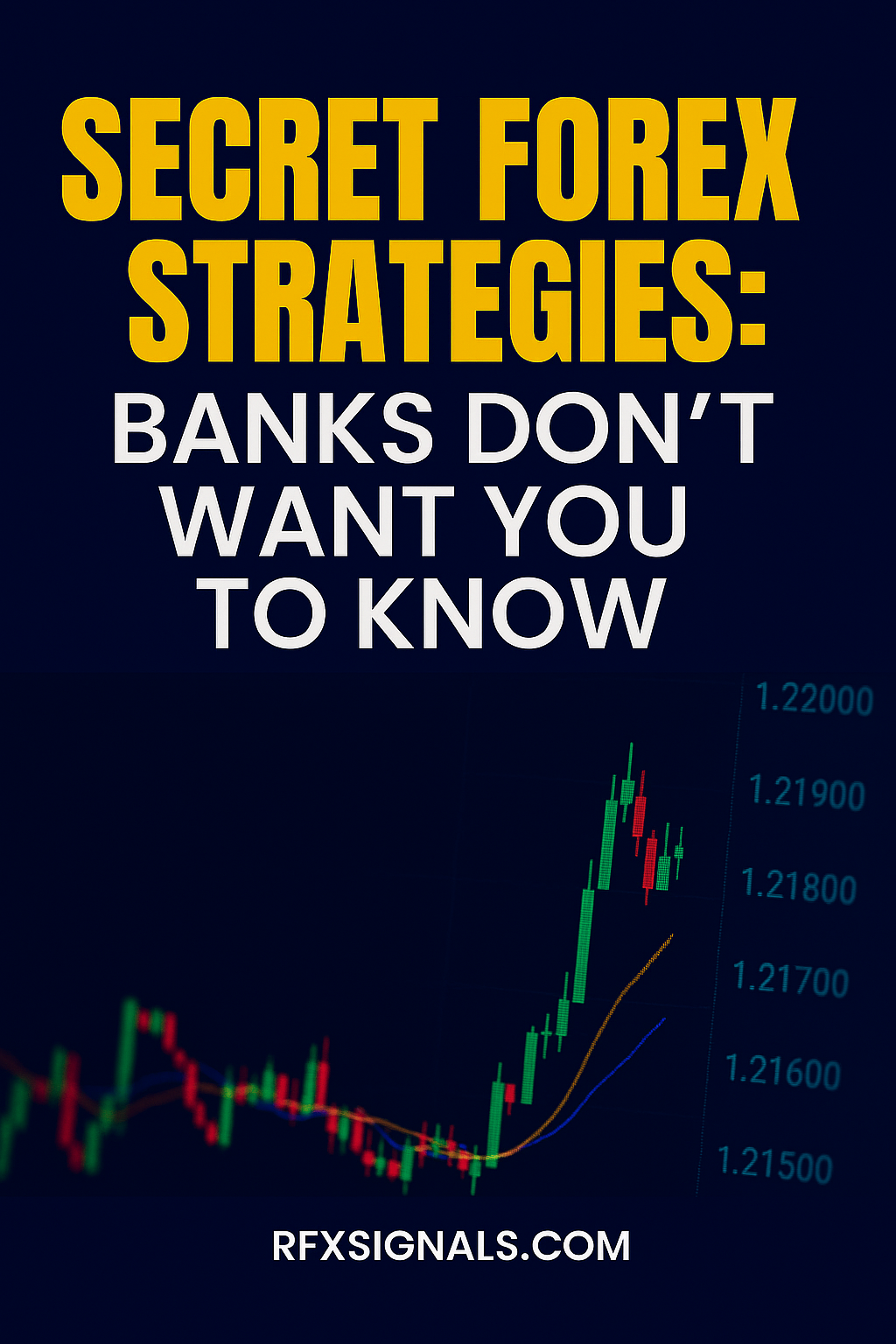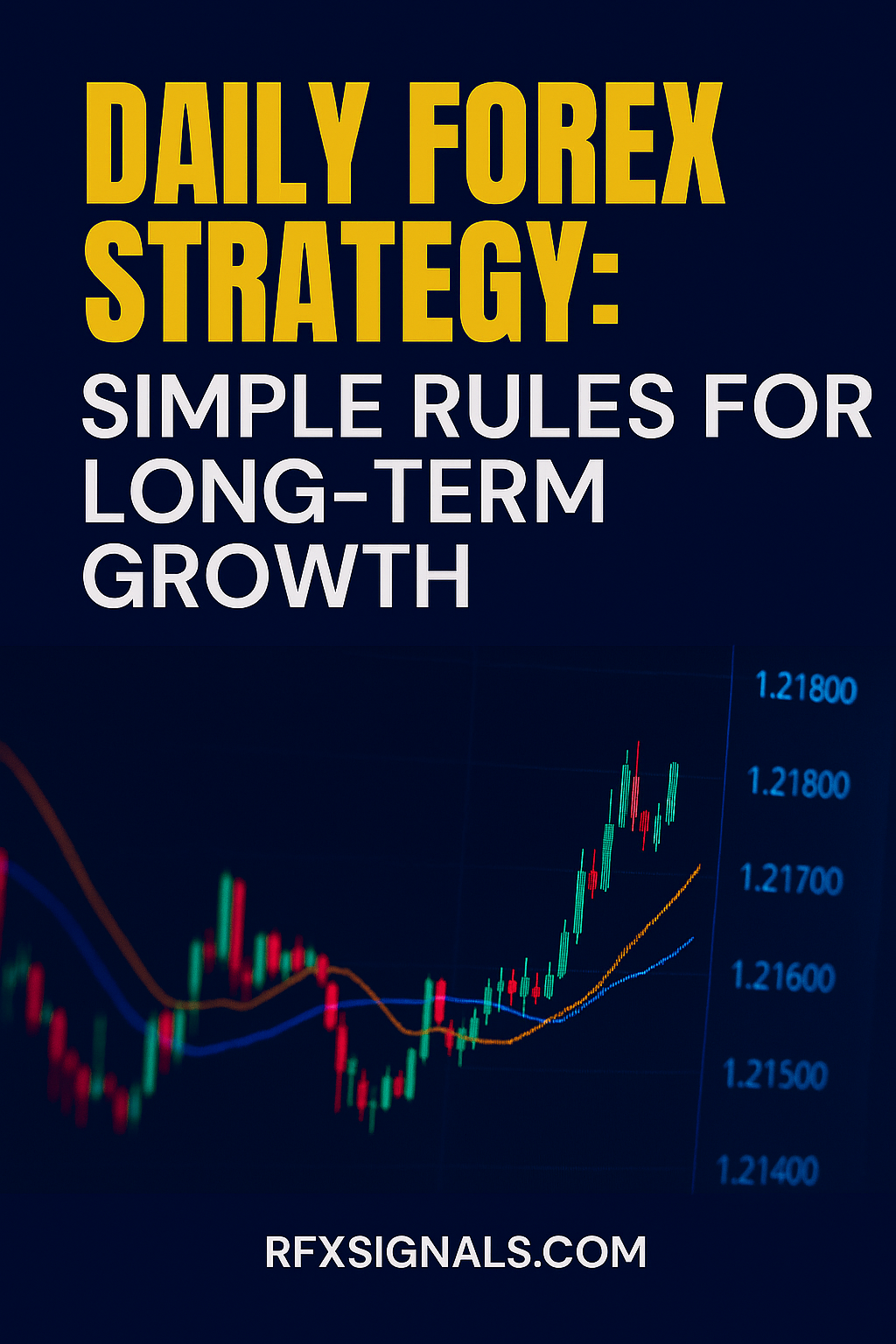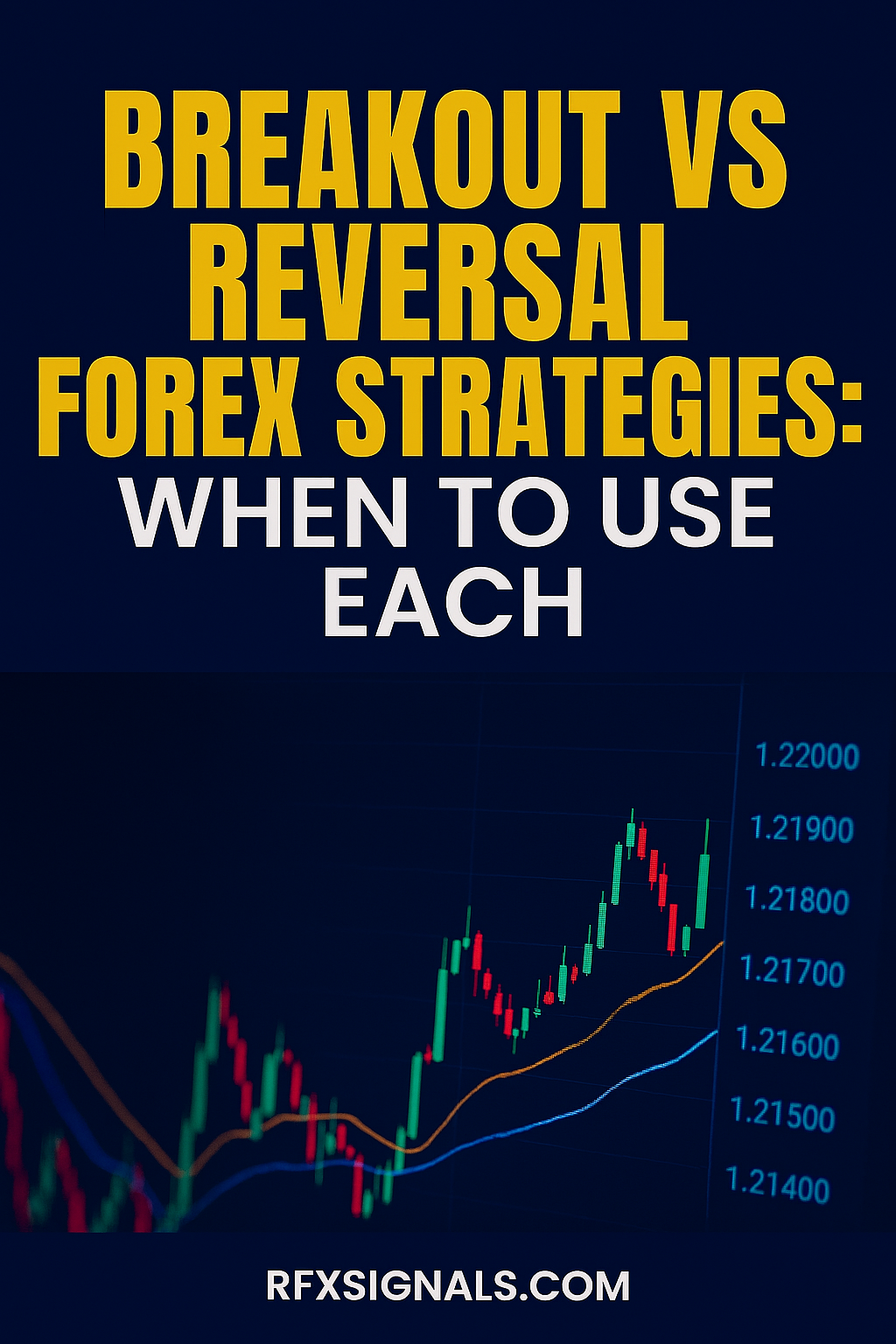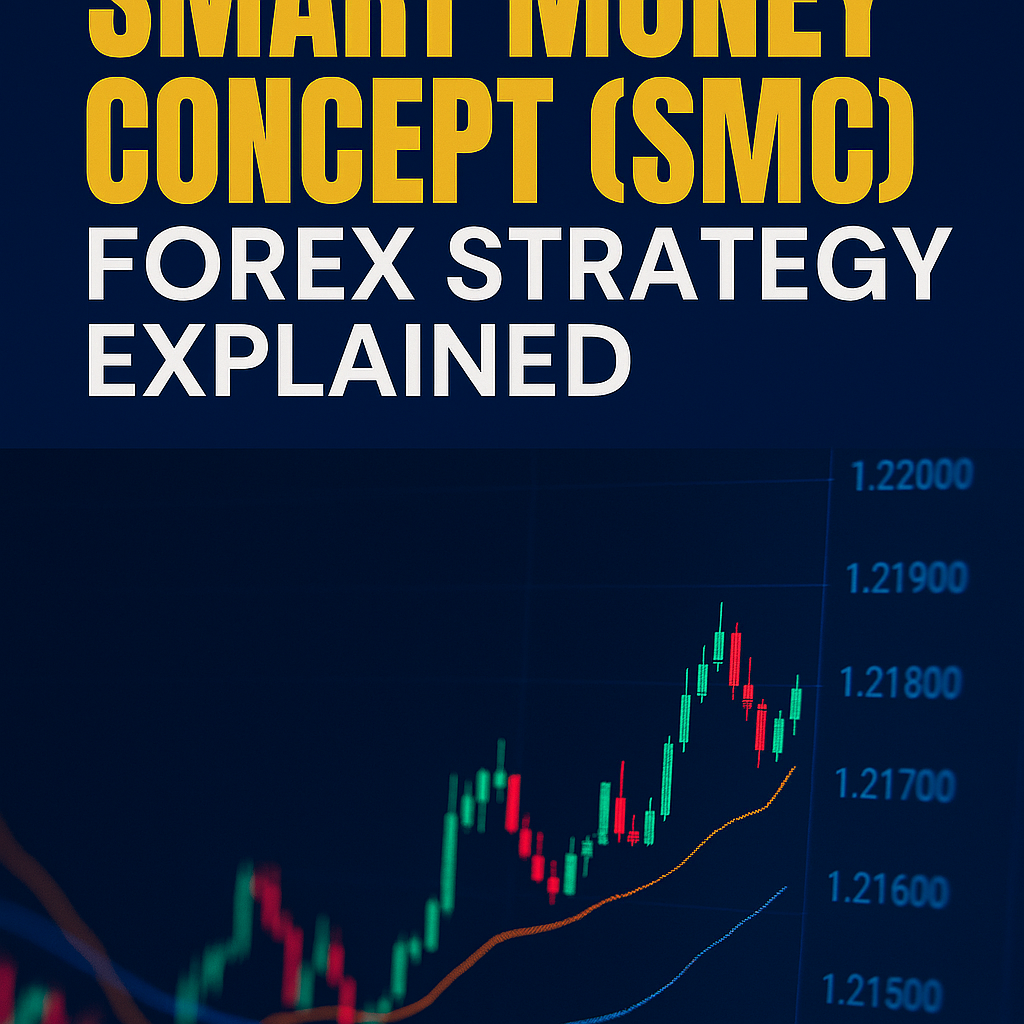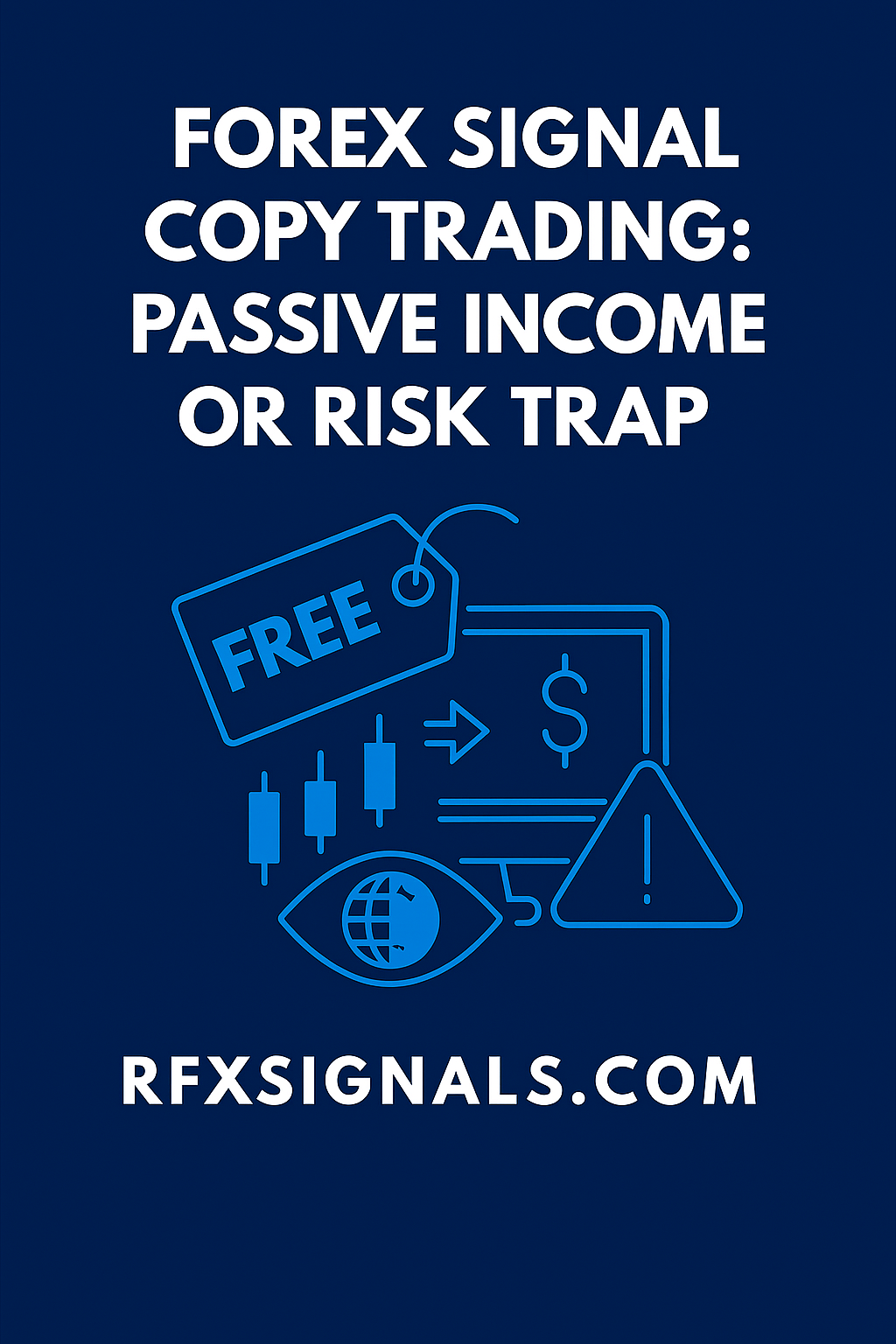
Forex Signal Copy Trading: Passive Income or Risk Trap?
By RTech RFX Signals ·
Introduction
Forex signal copy trading has exploded in popularity over the past decade. Promoted as an easy way to earn “passive income” without years of market study, platforms allow traders to automatically copy the trades of experienced signal providers. But does this really lead to effortless profits, or is it a carefully disguised risk trap? This in-depth article explores both sides of the equation, examining benefits, hidden dangers, and best practices.
What is Forex Signal Copy Trading?
Copy trading allows you to automatically replicate the trading positions of another trader (the signal provider). Once connected, every time they open, modify, or close a trade, the same action reflects in your account. Popular platforms like MQL5, ZuluTrade, and eToro have made this accessible to millions worldwide.
In theory, this means you can “piggyback” on the knowledge of experienced traders and generate consistent profits — without spending years learning technical analysis, risk management, or market fundamentals.
Why Traders Love Copy Trading
- Passive income potential: No need to monitor charts 24/7 — just connect and let trades execute automatically.
- Accessibility: Beginner-friendly with low entry barriers.
- Diversification: Copy multiple providers across assets to spread risk.
- Transparency: Many platforms display historical performance, drawdowns, and strategies publicly.
The Hidden Risks of Copy Trading
While the idea sounds attractive, copy trading has serious drawbacks often overlooked by newcomers:
1. Over-reliance on providers
You outsource decision-making, giving complete trust to another trader’s skills, psychology, and discipline. If they change strategies or take reckless risks, you suffer equally.
2. Past performance ≠ future results
Providers may show impressive historical returns, but conditions change. A strategy that thrived during trending markets may collapse in range-bound conditions.
3. Risk scaling issues
Copy trading often allows custom lot sizing, but improper scaling can lead to oversized drawdowns. A provider risking 2% may translate to 10%+ on your smaller account.
4. Lack of learning
Relying entirely on copy trading stunts your growth. Instead of developing critical analysis skills, you remain dependent on others indefinitely.
5. Hidden costs
Subscription fees, commissions, and wider spreads add up. Even small costs can erode long-term profitability.
Is Copy Trading Really Passive Income?
Calling copy trading “passive income” is misleading. While execution is automatic, the due diligence required is far from passive. Traders must continuously:
- Research and vet new providers.
- Monitor performance against benchmarks.
- Adjust capital allocations.
- Prepare for sudden provider underperformance.
In reality, copy trading is semi-passive at best — requiring ongoing oversight.
Best Practices for Safe Copy Trading
- Due diligence: Examine provider history over multiple years, focusing on drawdowns, risk-adjusted returns, and consistency.
- Diversify: Copy multiple providers using different strategies to reduce single-point failure risk.
- Capital allocation: Never risk more than 20–30% of your capital in one provider.
- Stop copying if needed: Be ready to disconnect quickly if performance deteriorates.
- Combine with self-learning: Use copy trading as a supplement while developing your own skills.
Case Study: When Copy Trading Goes Wrong
In 2020, a highly followed provider on a leading platform delivered 300% annual returns — until volatility from unexpected central bank interventions wiped out over 80% of follower accounts. The lesson: risk management matters more than flashy returns.
Alternatives to Blind Copy Trading
- Signal alerts + manual execution: Gives you discretion to filter bad trades.
- Social trading communities: Learn, discuss, and verify strategies before copying.
- Managed accounts (PAMM/MAM): Regulated structures where professionals trade with transparent oversight.
Conclusion
Forex signal copy trading can be useful when approached wisely — but it’s no magic money machine. For those who treat it as a shortcut to riches, it often turns into a risk trap. The key is discipline: vet providers rigorously, diversify, and always maintain control over your risk.
Want our list of trusted Forex providers with transparent stats?
We’ve curated a free report of regulated platforms, risk profiles, and performance data to help you choose smarter.
Further Reading
For in-depth guides, see resources like Investopedia, BabyPips, and regulator sites such as the NFA.
